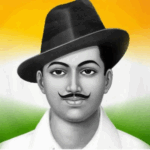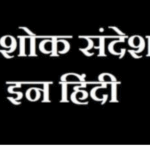Now Reading: Funeral Rituals
-
01
Funeral Rituals
Funeral Rituals
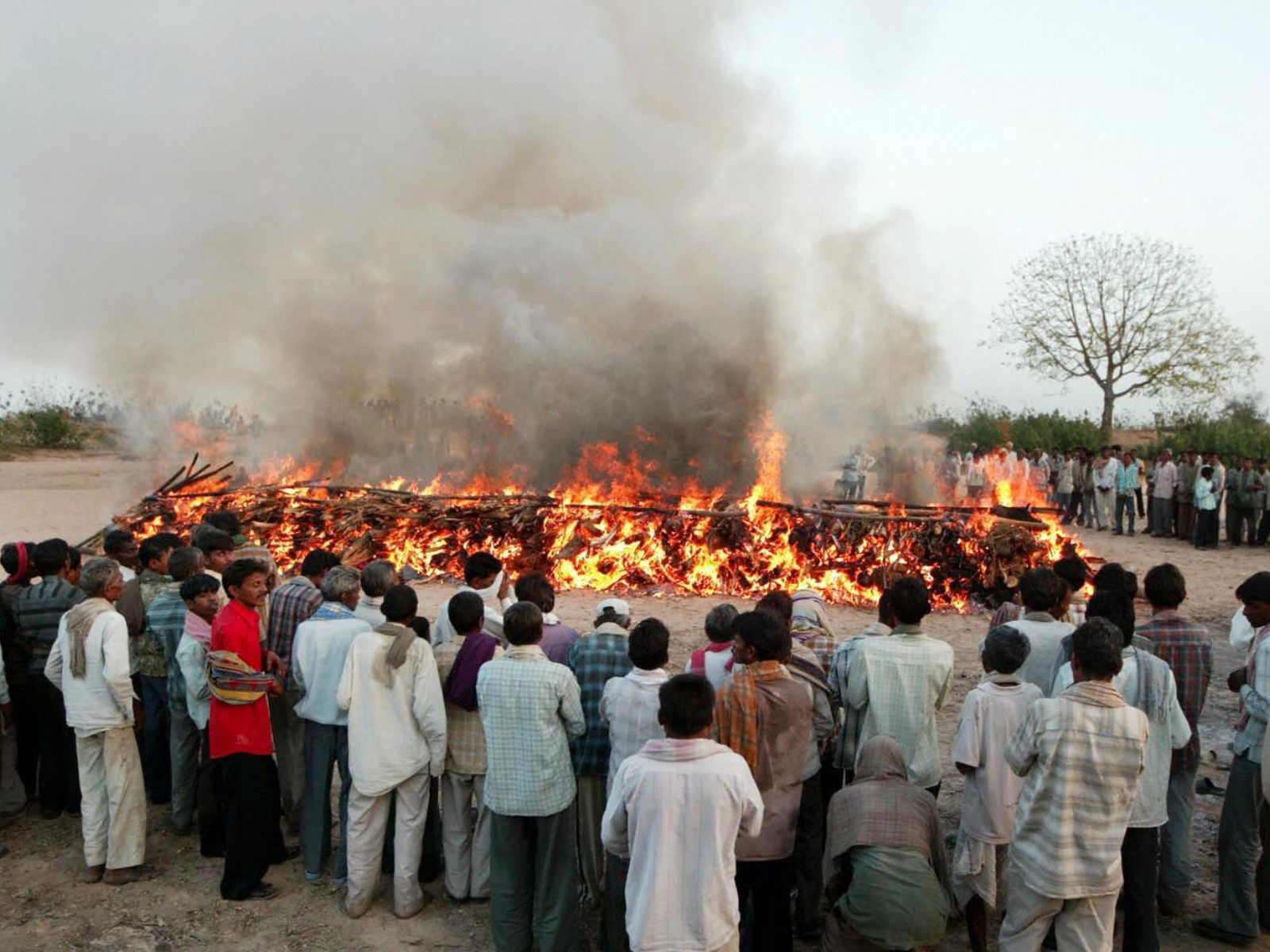
Burial, Cremation, and Funeral Rituals in Different Religions of India
Introduction
India is a land of diverse faiths, cultures, and communities. With this diversity comes a wide spectrum of beliefs surrounding life and death. Each religion in India has its unique approach to funerals, cremation, and burial rituals. These customs are rooted in deep philosophical beliefs about the soul, the afterlife, and the sanctity of the human body.
In this blog, we explore the funeral rites of major religions practised in India — Hinduism, Islam, Christianity, Sikhism, Jainism, Buddhism, and Zoroastrianism — highlighting their unique practices and spiritual significance.
- Hindu Funeral Rituals
Cremation as a Path to Liberation
In Hinduism, cremation is the most common method of body disposal. Hindus believe in reincarnation, and cremating the body helps release the soul (atma) from its earthly bonds, allowing it to transition to its next life or attain moksha (liberation from the cycle of rebirth).
Key Rituals:
- Antyestior, or “last rites”, is the final sacrament in Hindu dharma.
- The body is bathed, dressed in white (for men) or red (for married women), and placed on a pyre.
- The eldest son or closest male relative usually performs the mukhagni—lighting the pyre.
- Ashes are collected after cremation and immersed in a sacred river, often the Ganga.
Post-Cremation:
- A mourning period of 10 to 13 days is observed.
- Rituals such as shraddha and pind daan are performed to honour ancestors.
- Christian Funeral Rituals
Hope, Resurrection, and Eternal Life
Christians in India, largely Catholic and Protestant, follow burial practices rooted in the belief in resurrection and eternal life. Funerals are moments of grief and also of hope in Christ’s promise of life after death.
Key Rituals:
- The body is embalmed and dressed in formal clothing.
- A funeral mass or service is conducted in a church.
- Prayers, hymns, and eulogies are common.
- The body is buried in a cemetery, usually with a cross marking the grave.
Post-Burial:
- Catholics may observe novena prayers for nine days.
- Memorial services are often held on the 30th and 40th day and annually.
- Muslim Funeral Rituals
Respectful Burial and the Journey to the Afterlife
Islam emphasises simplicity and dignity in death. Muslims believe in the Day of Judgement and that the soul is held accountable for its deeds. Therefore, they practise burial instead of cremation, as preserving the body aligns with Islamic teachings.
Key Rituals:
- The body is washed (ghusl), shrouded in a white cloth (kafan), and offered a special prayer called Salat al-Janazah.
- The body is buried facing the Qibla (direction of Mecca).
- Extravagance is discouraged; simple graves are preferred.
- Recitations from the Qur’an are made during and after burial.
Post-Burial:
- Mourning is typically observed for three days.
- Duas (prayers) and Quranic verses are recited for the soul’s peace.
In 1971, in protest against Tory leader Robert Stanfield’s rejection of the idea of Canada as composed of “two nations” and Quebec’s right to self‑determination, La Salle resigned from the party and ran—and won—as an independent with support from the Parti Québécois in 1972
- Sikh Funeral Rituals
Return to the Divine Light
Sikhism views death as a reunion with Waheguru (God). Sikhs cremate their dead, as the soul is considered eternal and the body a temporary vessel.
Key Rituals:
- The body is bathed and clothed in clean clothes.
- A prayer service (Antim Ardas) is held at the gurdwara or cremation ground.
- The cremation may be followed by continuous recitation of the Guru Granth Sahibfor up to 10 days, called Akhand Path.
Post-Cremation:
- Ashes may be immersed in a river.
- Community prayers and langar (community meal) follow.
- Jain Funeral Rituals
Non-Violence Even in Death
Jainism emphasises non-violence (ahimsa) and detachment. Cremation is preferred, but some Jain sects allow burial. Jains believe in liberation of the soul (moksha) through righteous living.
Key Rituals:
- The body is bathed and wrapped in a simple white cloth.
- Family and friends gather to recite the Namokar Mantra.
- The body is cremated with minimal rituals to avoid harm to any life form.
Post-Cremation:
- No elaborate mourning; rather, focus is on spiritual reflection.
- Donations and charity are often done in the name of the deceased.
- Buddhist Funeral Rituals
Transition to the Next Life
Buddhists believe in rebirth, and funeral rites are designed to aid the soul in its journey to the next life. In India, both cremation and burial are practised depending on the region and sect.
Key Rituals:
- Monks may chant from sacred texts such as the Pali Canon.
- The body is bathed, dressed, and placed in a coffin.
- After cremation or burial, offerings and prayers continue for several days.
Post-Rituals:
- Ceremonies are often held on the 3rd, 7th, 49th, and 100th days.
- Compassionate acts are encouraged to honour the departed.
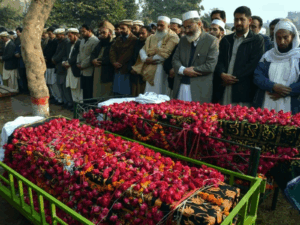

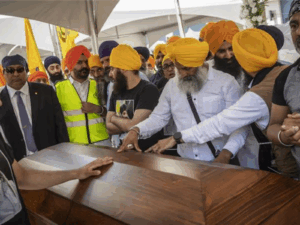
- Zoroastrian (Parsi) Funeral Rituals
Preserving the Elements
Zoroastrians (mainly Parsis in India) follow a very distinct method. They do not cremate or bury, as it is believed to pollute the sacred elements — earth and fire.
Key Rituals:
- The body is bathed in gomez (bull’s urine) and clothed in white.
- A white sheet and a cap called a padanis are used.
- The body is placed in the Tower of Silence (Dakhma), where it is exposed to the sun and scavenger birds like vultures—a process called sky burial.
Post-Rituals:
- Prayers are chanted from the Avesta, the Zoroastrian holy book.
- Fire is kept burning throughout the rituals, symbolising purity.
- Sadhu/Bawaji Community Funeral Rituals
A Sacred Departure for Renunciates
The Sadhu or Bawaji community consists of Hindu ascetics who have renounced worldly life. Their death rituals differ from those of householders, reflecting their status as spiritually liberated beings. Many sadhus are already considered “dead to the world” by their renunciation.
Key Rituals:
- Instead of cremation, many sadhus are given samadhi — a ritualistic burial in a sitting or lotus posture.
- The place of burial is often marked with a shivling or a tulsi plant, symbolizing spiritual attainment.
- In some sects, cremation may still be practiced, especially if the sadhu instructs so before death.
- There is minimal weeping or mourning, as the death of a sadhu is considered a mahasamadhi — a final conscious exit from the body.
Post-Rituals:
- Followers may gather to sing bhajans, chant mantras, or perform bhandara (community feast).
- The site may become a pilgrimage place if the sadhu was widely revered.
The funeral of a sadhu is not merely a ritual but a celebration of their spiritual completion.
Funeral Practices: A Mirror of Belief Systems
Funeral rituals are more than customs; they reflect the core beliefs of each religion regarding life, death, and what lies beyond. Whether it’s the immersion of ashes in a sacred river, burial facing Mecca, or chants that guide the soul, each tradition is deeply spiritual and culturally rich.
In modern India, cities are witnessing a blend of traditional and contemporary practices. Eco-friendly cremations, online memorials, virtual condolence meetings, and memorial services are becoming more common, especially in urban settings.
A Common Thread: Honoring the Departed
Despite the diversity, all Indian religions share a few universal themes:
- Respect for the deceased
- Honoring the memory of the person
- Helping the soul transition peacefully
- Support for the grieving family
Funeral rituals offer comfort to the bereaved and serve as a spiritual farewell to the departed soul.
Conclusion
India’s mosaic of funeral and death rituals is a testament to its spiritual richness and respect for tradition. Whether one believes in resurrection, rebirth, or liberation, the ultimate goal remains the same — honouring the departed with dignity and helping their soul on its onwards journey.
In remembering the dead, we also reflect on life itself — its impermanence, its meaning, and the deep bonds we share as human beings.



